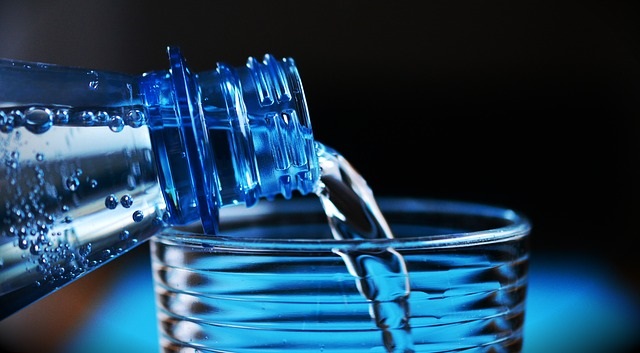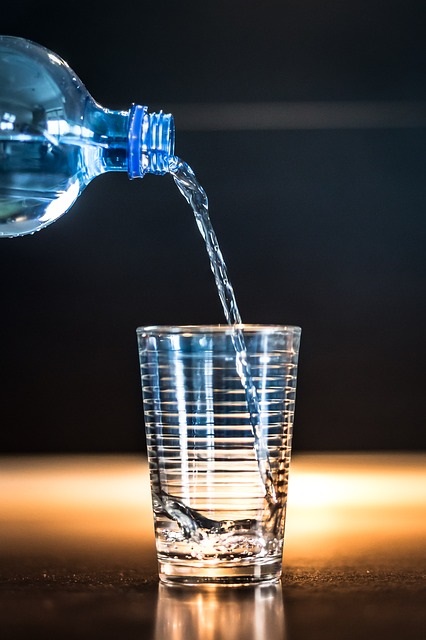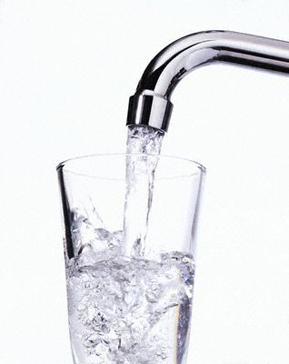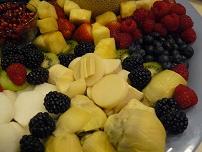Emergency Water Storage Plan
Preparing an emergency water storage plan to use in an emergency is a lifestyle solution that everyone needs to prepare for, and is an essential part of your family emergency preparedness plan!
You can cut your food supply greatly and survive, but you can’t survive for long without water. Many of you take it for granted that you have a continual source of water running into your home at the turn of the faucet.
If an emergency strikes, your water might be the first thing shut down. No water! What will you do to survive? Prepare now, and you will never have to answer that question!
Fema Emergency Water Recommendations
- Storing enough water to last you through 3 days, for each person in your family. They recommend storing 1 gallon per person per day. Therefore a three day supply for a couple would be 6 gallons, 3 people is 9 gallons, 4 people is 12 gallons……..A person needs 1/2 gallon per day for drinking water alone. In hot climates you might need to double this amount. When you are figuring out your water quantities, remember to count in your pets, because they will need water also!
- Buy commercially bottled water, and store it in its original packaging for safety. Be sure and observe the “use by” date for drinking water. It is cheaper to buy large containers of water than small bottles.
- You can store your own water in plastic 2 liter soda bottles, or food grade storage bottles that you can buy at surplus or camping stores. Clean and rinse the soda bottles well. Sanitize them with a solution of 1 teaspoon bleach mixed in 1 quart of water. Fill the soda bottle with the bleach solution and shake it up so all surfaces are touched by the solution. Drain it and rinse the bottle with clean water. Sanitize the inside of the cap also. Fill the bottle with tap water. If you are using non-chlorinated water, then add 2 drops of bleach to the water. Put the cap back on without touching the inside of the cap. Store in a dark, cool place and it should keep for 6 months! Label the bottles.
This may seem like a hassle, but once a disaster strikes you will glad you prepared. Water is the critical ingredient that you need to survive. In an earthquake, many times water lines break, and contaminated water is coming through your home water lines if you have water at all.
I would also encourage everyone to quickly fill every large container you own, even bathtubs, with water when an emergency strikes. Do this quickly before the water company cuts the water. You might not want to drink this water, but it can be used to flush your toilets.
Safe Emergency Water Supplies in Your Home
In an emergency, there are several places that you can retrieve safe water in your home, if you run out of drinking water. These hidden drinking water sources are:
Treating Water in Your Home
If you are not sure of the safety of water entering your home after an emergency, it is a good idea to purify your water. This would include water that you use for drinking, food preparation, and hygiene purposes like hand washing or bathing. Contaminated water can contain microorganisms that can cause dysentery, typhoid and hepatitis.
Methods to purify water are:
- Boiling: This is the safest method to purify water. Bring your water to a boil, and boil it for 3 to 5 minutes. Cool the water. Boiled water loses oxygen, and will taste different. You can pour it back and forth between two clean containers and this will add oxygen and improve the taste.
- Disinfection with Bleach: Household liquid bleach can be used to kill microorganisms. Use regular unscented bleach with no additives, just 5.25% sodium hypochlorite. Add 16 drops of bleach per gallon of water. Stir it, and let it stand for 30 minutes. If the water does not slightly smell like bleach, repeat the dosage and let it stand for another 15 minutes.
These two methods will kill most of the microorganisms in water but not all of them, or heavy metals, salts and most other chemicals.
*****
Additional Information!
As part of your Emergency Water Storage Plan, it is also recommended that you keep an emergency water storage supply in each of your vehicles as part of your car emergency kits.
Most of us do not want to think of disasters, but I think we have seen a rise in natural disasters in the last few years. Disasters can and do strike often, and everywhere.
Be Prepared with an Emergency Water Storage Plan for your Family!
Facebook - Like This Page?
Facebook - Like This Site?

Please Check out my other Website!
We will be moving the Healthy Diet Habits Website to the Holiday site!

US and Around the World - Includes the many Health Awareness Days/Weeks/Months
Lots of Food Holidays and Holiday Food Tips!!
Related Pages
Emergency Preparedness

With Lifestyle Solutions, you learn to develop a plan to incorporate healthy diet habits into your life and make lifestyle changes for health. It is a new way of life! See the step by step process!








